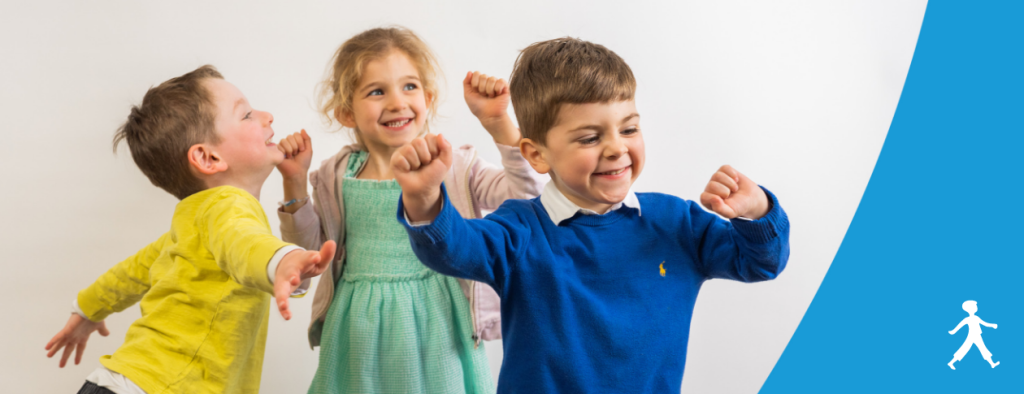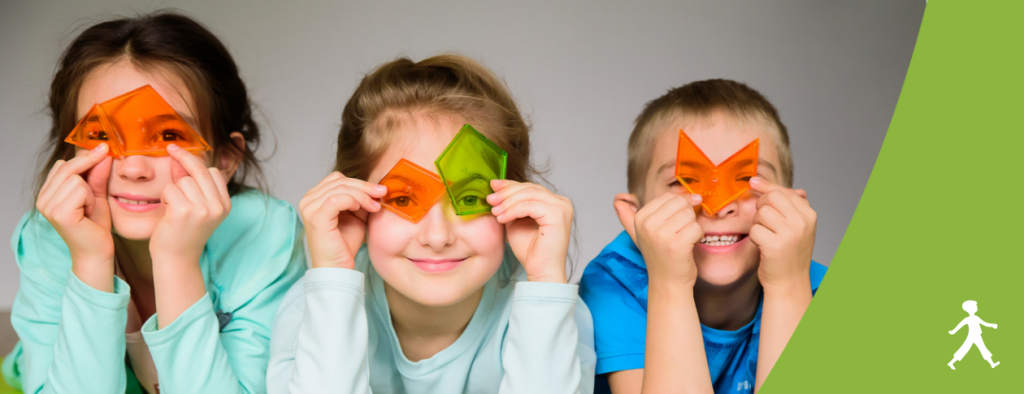
Creating an Ideal Setting for Learning
The Helen Doron School creates an ideal setting for a happy, creative, socially and emotionally well-developed child. Young children are responsive to the environment’s design; an effectively designed classroom can positively influence all areas of children’s development: physical, social /emotional, and cognitive. Language and learning are nurtured in an environment that values and plans appropriate opportunities. An aesthetically pleasing space can develop a child’s appreciation for the beautiful world around them. Most importantly, a quality environment can provide a home-like setting that “feels” just right and enables them to reach their fullest potential.
2. Play is a means to early learning that capitalizes on children’s natural curiosity and excitement
3. Respect for diversity, equity and inclusion are prerequisites for honoring children’s learning, optimal development and rights.
4. Responsive educators are essential
5. Creating partnerships with families builds the ability to meet the needs of young children and be responsive.
Findings from brain research indicate how nurturing is crucial to the learning process and to the value of appropriate learning environments. Many of the environmental factors conducive to improved brain functioning are everyday matters – the quality of social environment and interactions, nutrition, physical exercise, and sleep – which may seem too obvious and so are easily overlooked in their impact on education. By conditioning our minds and bodies correctly, it is possible to take advantage of the brain’s potential for plasticity and to facilitate the learning process. (Centre for Educational Research and Innovation, Understanding the Brain)
Funda Emral explains why Helen Doron is the ideal learning environment for her child.




